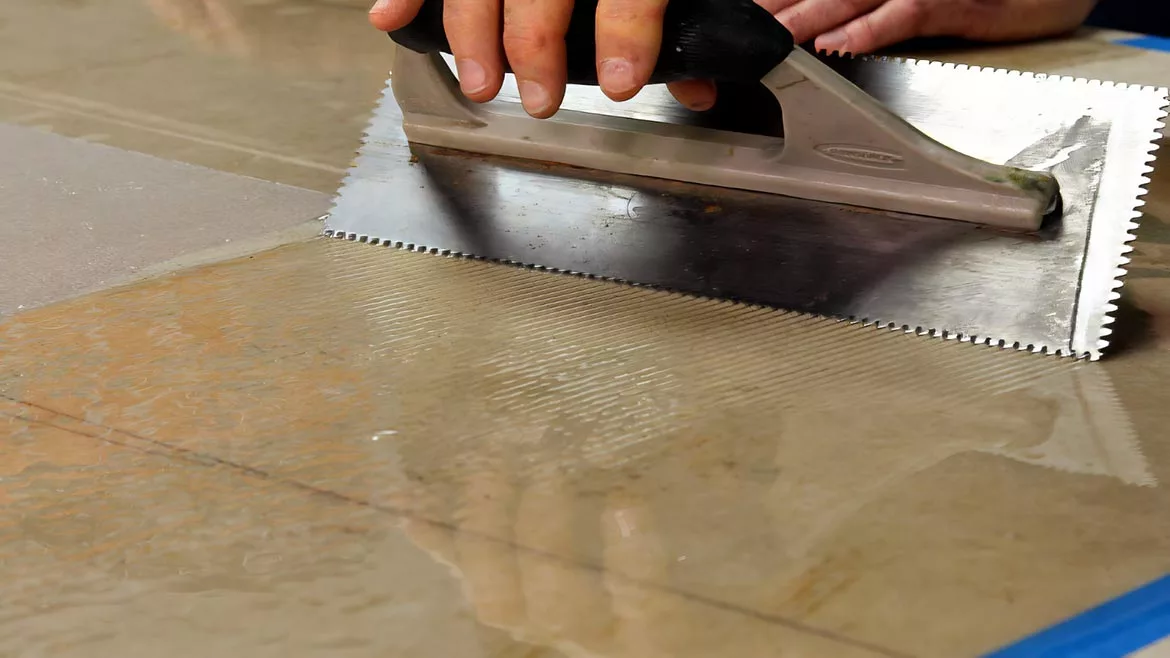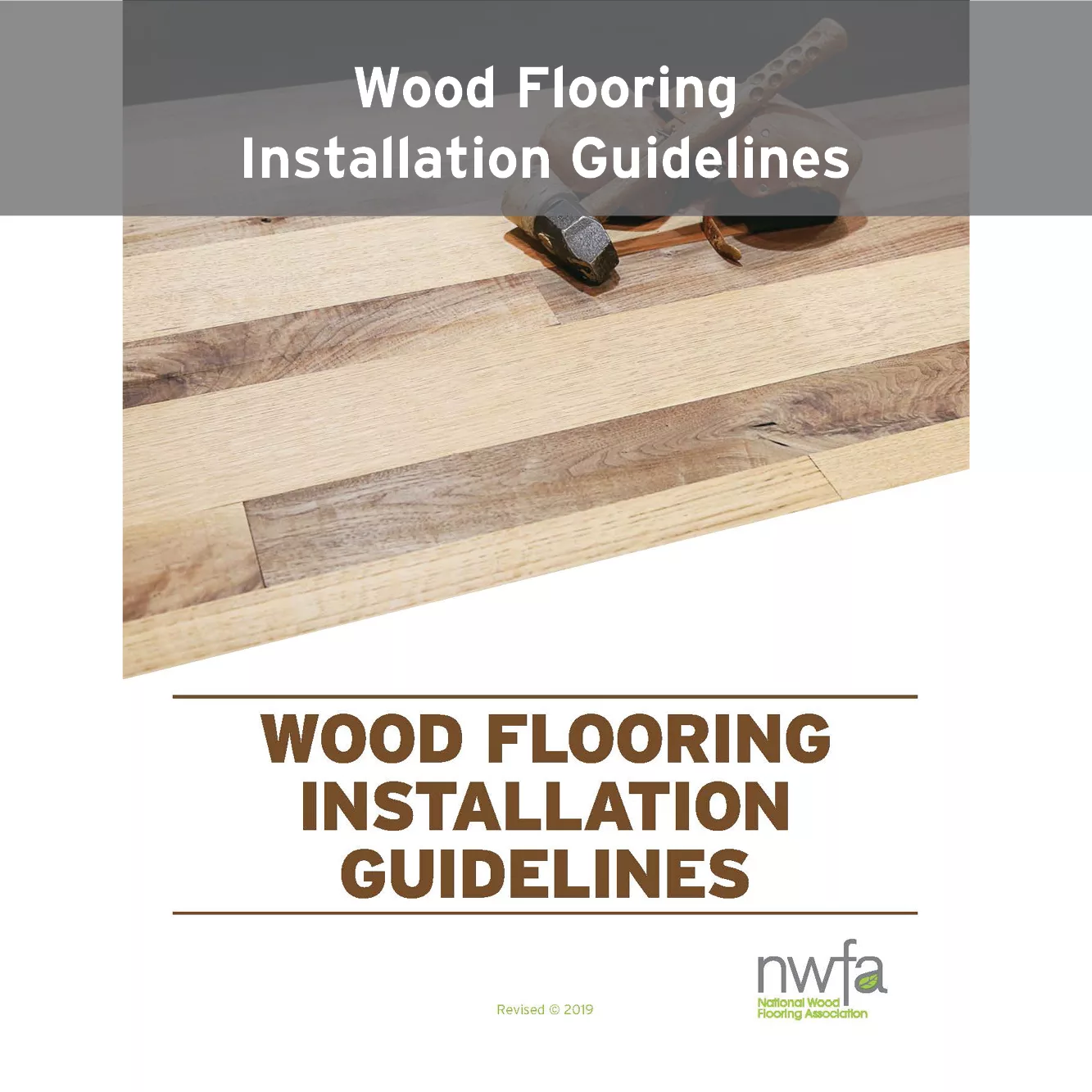New Moisture Standard Boosts Single-Component Systems

Taylor Adhesives Sahara is a single-component product that is moisture cured.
Photo: Taylor Adhesives.
As moisture continues to plague concrete slabs on jobsites around the globe, the products used to mitigate moisture vapor emission issues must evolve and so too must the standards governing those products. Up until recently, there has only been one standard that covers two-component resin-based products, excluding their single component, fluid-applied counterparts.
As of September 2024, the ASTM F06 Committee approved ASTM F3513, Standard Practice for Single Component, Fluid-Applied Membrane-Forming Moisture Mitigations for Use Under Resilient Floor Coverings. This comes more than a decade after the passing of ASTM F3010 that is only applicable to the two-component resin-based products. While the two moisture mitigation systems share some commonalities, there are significant differences that are important to understand that have the potential to impact project timelines and bottom lines.
Both systems work to mitigate moisture vapor emissions evaporating from the slab. The excess moisture brings with it a myriad of problems, including increased pH and decreased adherence of directly applied materials. In response to this, moisture mitigation systems are utilized to “keep flooring installation and final project completion on track,” according to Dean Craft, principal author, technical chair of the new standard and principal with ISE Logik.
Both systems possess similar performance criteria when it comes to permissible vapor permeance (the amount of vapor that can potentially pass through the system). ASTM F3513 single component systems “must evidence the same permeance level (or below), tested under the same methodology, as required two-component systems to be compliant with ASTM F3010,” he said.
This is where the ASTM F3513 single component systems take their exit. When it comes to ease of application, they can be used straight from the bucket. There is no need to add a second component to activate the solution. This also means the product can be used more than once, saving money. Additionally, since they are simpler to apply, there isn’t as a great a need for a highly skilled installer, potentially reducing labor costs.
Craft points out that many of the single component systems don’t require the same concrete surface profiling (CSP) as the two-component systems, shortening the surface prep time resulting in faster project timelines. He cites the International Concrete Repair Institute’s surface profiles with the two-component systems typically requiring a CSP 3 which is considerably rougher than the single component’s CSP 1.
On the sustainability front, there is the “potential” for the single component products to possess lower volatile organic compounds and solvents, “aligning better with green building certifications, environmental goals and carbon neutrality,” he said.
They also differ in their verbiage, so it is important to read each standard carefully and not simply assume they are the same when it comes to tensile bond strength, indentation and static load.
For example, “ASTM F3513 says systems shall not contribute to unacceptable indentation when properly installed under resilient flooring, whereas ASTM F3010 states systems shall not contribute to unacceptable indentations in some types of resilient flooring under some conditions of use,” said Craft.
Despite the advantages of ASTM F3513 products, the fact remains that the two-component systems have a proven track record, and they have secured placement in many manufacturer guide specs and project specs.
Learn more about industry standards for flooring installation
So, why is the single component standard just now coming to fruition? It is important to understand that standards are not created overnight. ASTM F3513 took just under six years from concept to completion. The two-component resin-based systems have been on the market for decades, therefore, ASTM F3010 Standard Practice for Two-Component Resin Based Membrane-Forming Moisture Mitigation Systems for Use Under Resilient Floor Coverings was developed first, publishing in 2013. With the advent of the single-component, fluid-applied systems, the need for a new standard was evident.
According to Craft, with the passing of the new standard, manufacturers will now possess a clear set of guidelines allowing them to mark their single component products as ASTM compliant and market them as such, potentially increasing their acceptance and use in the industry. The standard will also help to ensure that the systems are being used effectively and are able to provide the necessary level of moisture protection.
“Designers, project specification writers, installation contractors and end users may have a preference or bias towards one system or the other, but both approaches work,” he said. “[They] need to do their own research and analysis and make the decision that works best for their project, their budget, their timeline and perhaps their comfort level.”
Looking for a reprint of this article?
From high-res PDFs to custom plaques, order your copy today!






